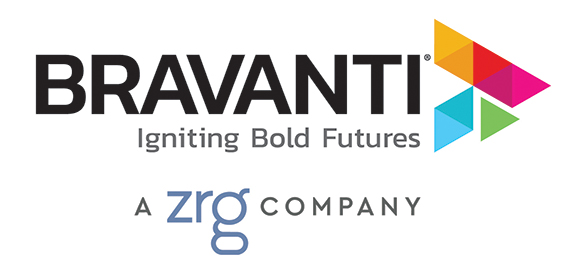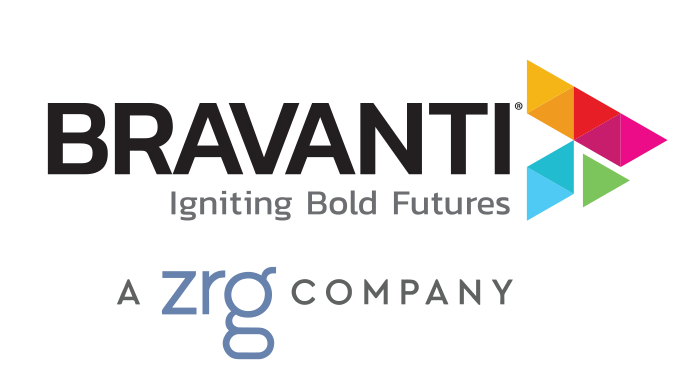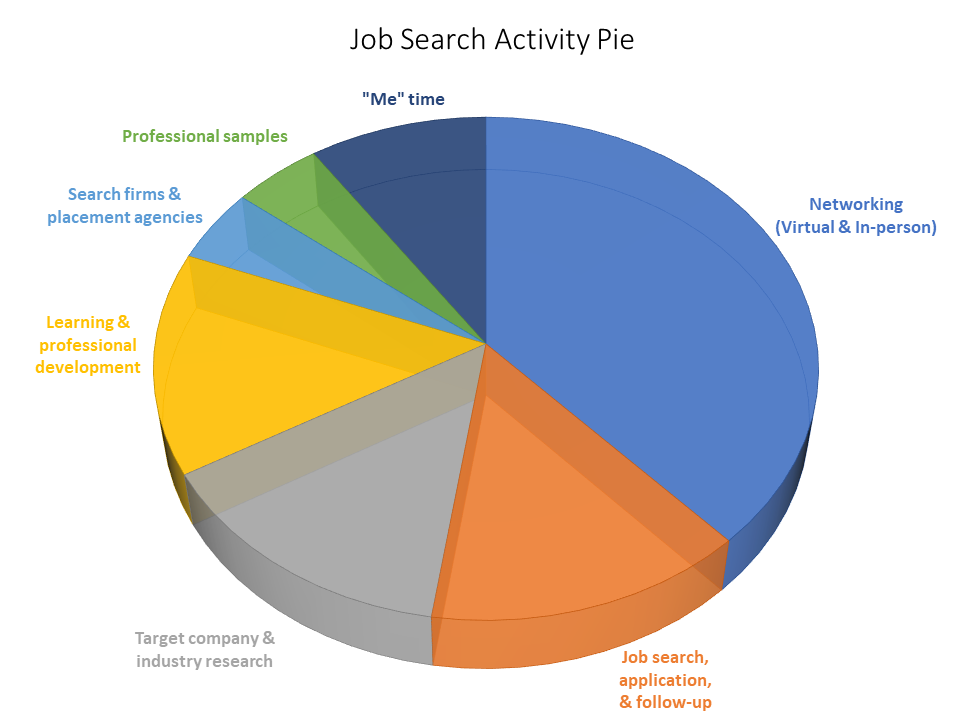By Bravanti
COVID-19 completely transformed the global job market in a matter of weeks, the ripple effects of which permeate every corner of employment. As millions enter the job search arena, finding gainful employment might seem more than a little intimidating.
The good news is that, while hiring has slowed in many sectors for the foreseeable future, this isn’t the case in every industry nor is it true for every role or function. Even if there are few jobs available in your desired role, it’s important that you continue your job search now, giving yourself some time to refine your personal pitch and interview skills.
Many job seekers jump in with a flurry of activity … and activity feels good. After all, that’s what we are all used to in our jobs: work activity that is purposeful, planned, and designed to accomplish specific goals.
Job searching should be no different. You can fill your days with lots of activity, and that may feel good at first. However, not all activity will deliver positive, goal-aligned results.
Much like anything else in life, planning a purposeful approach to your job search will help you to allocate your time to proven tactics and techniques while keeping you on track.
So, how do you slice your job search activity pie? No two pies will be exactly alike. Yours needs to reflect where you are in your career, your goals, and your commitment to moving toward your next role. To get you started, we’ve created a typical job search pie for guidance and inspiration.
Typical Job Searching Activity Pie Slices
Networking
Even in COVID times, networking is still considered the number one job search activity. But, while the importance of networking hasn’t changed, the way in which we do so has (at least for the foreseeable future). With the temporary hiatus on traditional in-person networking, now is the time to play catch-up on your virtual networking checklist.
Expand your LinkedIn contact network, participate in industry forums, share and/or develop thought leadership pieces, reconnect with your alumni association, and join a job search accountability group.
Then, once it’s safe and you feel comfortable doing so, reenter the in-person networking sphere. Attend networking events, ask a former colleague or college connection to lunch, sit in on a skill share, participate in a workshop, and join a professional association with an active events calendar.
Also consider asking former colleagues for a referral to someone they think you should know and then request informational interviews.
Job search, Application, and Follow-Up
Job searching and applying for open positions can be a significant time allocation for many job seekers when it doesn’t need to be.
Create efficiencies to reduce non-productive time or repetitive work by setting up job alerts and using job lead aggregator sites such as Indeed and niche sites for your specialty.
When looking for openings at a particular company, search the company’s career page for open positions since not all positions are added to third-party sites and job boards.
Reduce application submission times by creating cover letter templates customized for different types of roles and storing them with any other submission materials (e.g. resume, portfolio, writing samples) for easy access.
This activity slice should include application follow-ups and post-interview thank you emails as well. Be sure to track all of your application and follow-up activities in a spreadsheet with copies of the postings, application details, submission dates, follow-up activities, etc. This will be especially helpful for keeping you on track and for navigating impromptu phone interviews.
Target Company and Industry Research
The more informed you are on a prospective employer and what’s occurring in their particular industry, the better positioned you are to present yourself as a subject matter expert.
Use Google, Glassdoor and research databases like D&B Hoovers to get current on your industry and potential employers.
Use LinkedIn to find connections you have to a prospective employer and reach out with questions you have regarding culture fit, leadership, corporate values, etc.
Professional Samples
It’s common for employers to ask for work samples or examples of related projects from your previous roles.
Create and maintain a document with relevant experiences and responses to questions regarding past role responsibilities. Update these documents with new insights from each interview such as questions you could better prepare for or relevant experiences that resonated with interviewers.
Take it a step further and create a digital or print portfolio that outlines your personal pitch, experiences, relevant projects, results, etc., that demonstrates your capabilities in a memorable way.
Search Firms and Placement Agencies
As Dana Manciagli points out in her recent Forbes article, recruiters are still doing their jobs and hiring managers still need to fill their open positions.
Amidst the chaos, organizations are looking to external hiring experts to help fill critical positions. Depending upon the leadership level of your job search (entry, mid-level, senior, or executive), working with a third-party can help to improve your efforts. These opportunities could include temporary or temp-to-permanent roles so consider whether these would be a good option for you.
Learning and Professional Development
Setting yourself apart from the crowd is especially important during periods of high unemployment.
Prioritize continuous learning and professional development during this time to help you differentiate yourself in a crowded job market. Checkout this list of free online courses being offered by top learning institutions around the world. Set time aside each day to stay up-to-date on relevant happenings in your field; build on or learn a new skill to increase your marketability, and update your resume to include any courses or certifications you receive during this time.
“Me” Time
While it may be listed last, “me” time may be the most important slice of the pie. All of the aforementioned efforts can go to waste without a healthy mind, body, and spirit. Spend (socially distanced) time with family and friends, exercise, meditate, reflect, relax, and some fun.
These are stressful times so the more balanced you feel, the more prepared you are to bring your best self to your job search.
Create Your Own Job Searching Activity Pie
Maybe your job search activity pie is sliced a little differently and includes more or fewer slices. The point is to identify and prioritize high-value activities that will guide your efforts and help you achieve your goals.
No matter what your job search pie looks like, it’s important to acknowledge the magnitude of your efforts, hold space for your emotions, and lean into your job search knowing that failures are learning opportunities and there will be plenty of learning opportunities along your journey. Best of luck in your search!
Editor’s Note: This post was originally published in June 2018 and has been updated to reflect the current job search realities and most up-to-date best practices.
Content Related to My Resume is Done – Now What?
8 Interview Tips for ‘Seasoned’ Job Applicants
Been There, Done That: Applying Diverse Work Experiences in the Job Search
Why Youth or Experience Can Be Advantageous in Today’s Job Search
Job References: Friend or Foe?


